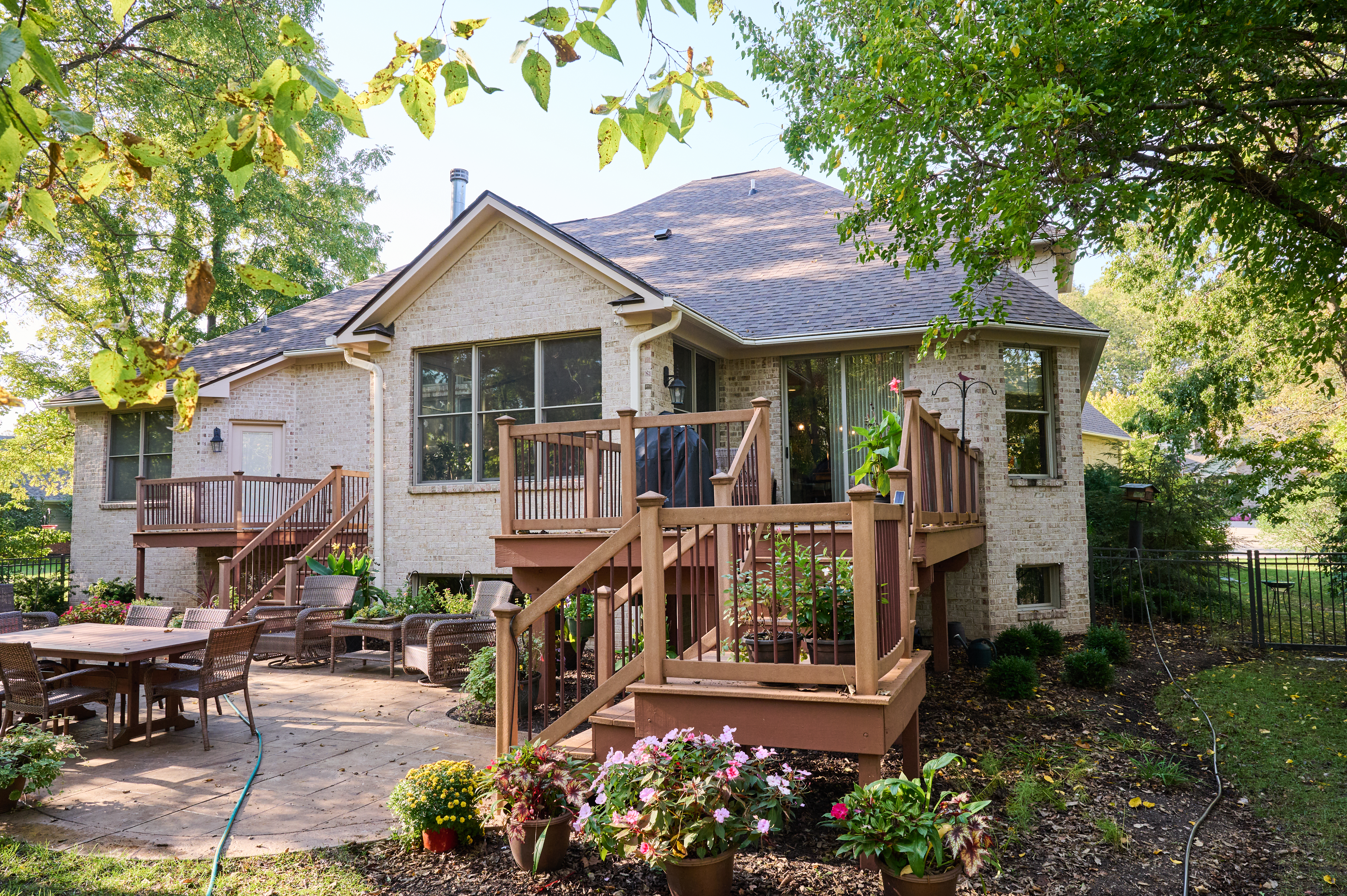
Get matched with top gas log pros in Seward, AK
Enter your ZIP and get matched with up to 5 pros
Need a pro for your gas log service project in Seward, AK?
Verified Reviews for Gas Log Service pros in Seward, AK
*The Angi rating for Gas Log Service companies in Seward, AK is a rating based on verified reviews from our community of homeowners who have used these pros to meet their Gas Log Service needs.
*The HomeAdvisor rating for Gas Log Service companies in Seward, AK is a rating based on verified reviews from our community of homeowners who have used these pros to meet their Gas Log Service needs.
Last update on November 16, 2025
Find Gas log pros in Seward
No results for Gas log pro in
Try adjusting your search criteria.The homeowners guide to home care is here
From average costs to expert advice, get all the answers you need to get your job done.

Cedar shake roofs are a unique roofing option that can maximize curb appeal. Learn about the factors that affect cedar shake roof costs.

Let the light flood into even the gloomiest attics and transform the look of your home. Here's how to calculate the cost of adding a dormer of any style.
 •
•Find out average roof shingle repair costs, factors affecting pricing, such as material and labor, and how to save on your next roof repair project.

Roof inspections seem straightforward, but there are different types, with different costs for each one. Understand your options with this complete guide.

You may wonder what fascia is on a house. Our guide explains what you need to know about this important part of your roof and what purpose it serves.

Roof replacement is an expensive home repair project, but roof warranties are often limited in coverage. Your warranty may cover materials and installation, but conditions often apply. Follow this guide to find out what typical roof warranties cover.
- Snow Removal in Seward
- House Cleaning in Seward
- Trampoline Assembly in Seward
- Sink Installation in Seward
- Plumbing in Seward
- Electrical in Seward
- Handyman Service in Seward
- Landscaping in Seward
- Roofing in Seward
- Hvac in Seward
- Lawn Care in Seward
- Air Duct Cleaning in Seward
- Painting in Seward
- Appliance Repair in Seward
- Lawn And Yard Work in Seward
- Interior Painting in Seward
- Ev Charger Installer in Seward
- Contractor in Seward
- Gutter Cleaning in Seward
- Boiler Repair in Seward
- Flooring in Seward
- Exterior Painting in Seward
